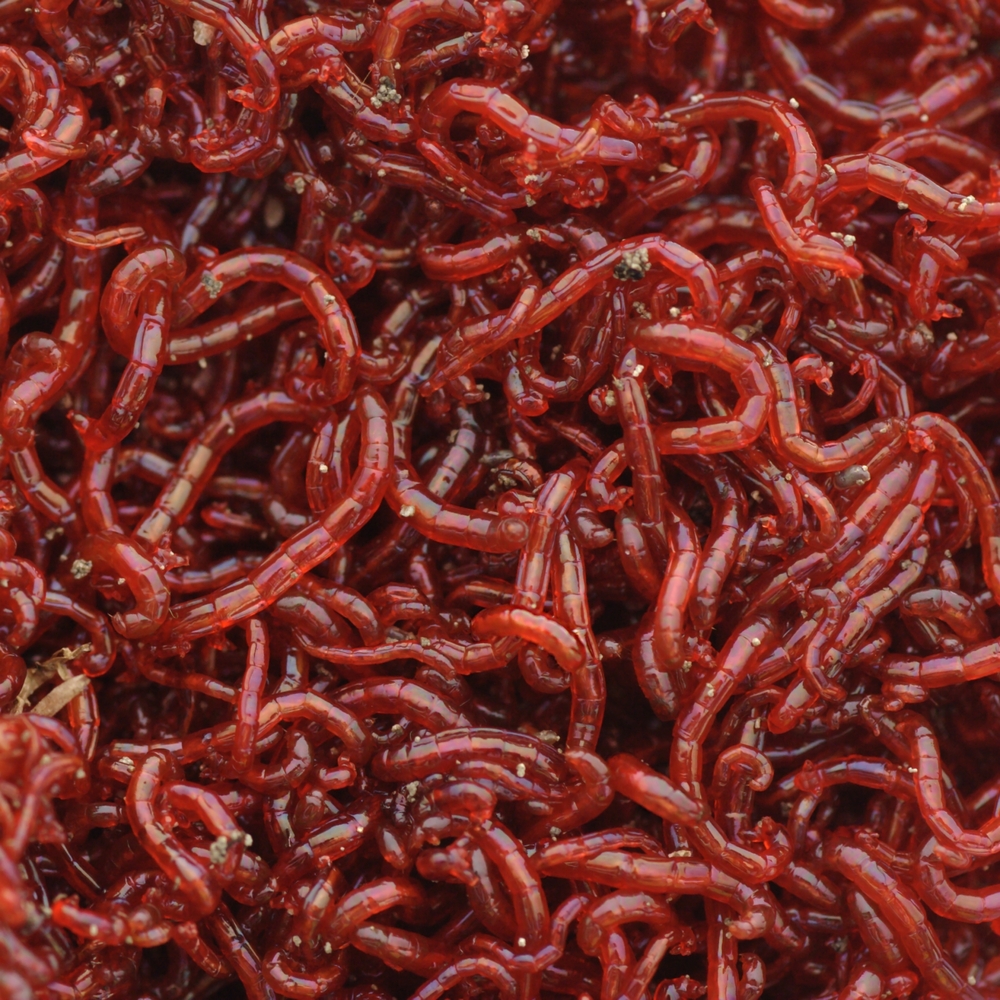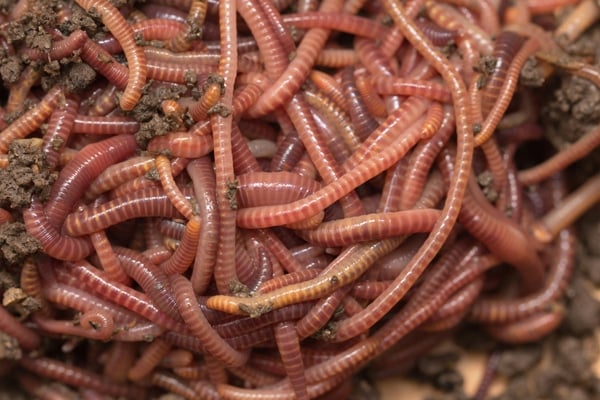Red worms: Easy care tips
Red worms: Easy care tips
Blog Article
The Role of Red Wigglers in Lasting Gardening
The combination of red wigglers right into sustainable gardening techniques uses a compelling method to boosting soil health and wellness and reducing organic waste. The ramifications of making use of red wigglers extend beyond simple composting; their duty in shaping a much more lasting future warrants a much deeper expedition of their benefits and useful applications.
Recognizing Red Wigglers
Red wigglers, scientifically called Eisenia fetida, are a varieties of earthworm renowned for their role in lasting horticulture and composting techniques - red wigglers. These worms thrive in disintegrating natural issue, making them especially reliable in transforming kitchen scraps and lawn waste right into nutrient-rich compost. Unlike conventional earthworms, red wigglers have a greater tolerance for differing wetness levels and can flourish in environments with abundant natural product
(purchase red worms)Typically, red wigglers are smaller than their earthworm counterparts, typically determining between 3 to 4 inches in length. They have a reddish-brown pigmentation and have a fractional body structure that aids in their burrowing and feeding tasks. These organisms are hermaphroditic, implying each individual has both male and women reproductive body organs, which permits reliable population growth under ideal conditions.
The environment choices of red wigglers include damp, dark environments abundant in natural material, such as compost bins or worm ranches. Their environmental function extends past composting; they are essential in freshening the dirt and promoting vitamins and mineral biking, which ultimately adds to much healthier garden ecosystems. red wigglers. Recognizing the biology and behavior of red wigglers is necessary for those seeking to carry out effective vermicomposting in sustainable horticulture
Advantages of Vermicomposting
Vermicomposting deals numerous benefits that boost sustainable horticulture practices and add to environmental health and wellness. Among the key benefits is the change of natural waste right into nutrient-rich garden compost, which enhances dirt framework and fertility. The spreadings produced by red wigglers are packed with helpful microbes and important nutrients, making them an exceptional all-natural plant food.
Furthermore, vermicomposting substantially lowers landfill waste. By diverting kitchen scraps and lawn waste from garbage dumps, this method not just lessens methane emissions-- a potent greenhouse gas-- however likewise promotes a circular economic climate, where waste is repurposed as a source.
An additional benefit is the improvement of dirt aeration and water drainage (red wigglers). The burrowing task of red wigglers creates networks in the dirt, permitting air and water to pass through even more quickly, therefore cultivating a much healthier origin system for plants
Furthermore, vermicomposting can be done on a little scale, making it available for urban gardeners and those with minimal room. This approach urges ecological stewardship and recognition, as people end up being much more engaged with their waste monitoring techniques. Eventually, vermicomposting represents a sustainable, efficient, and green technique to gardening that benefits both plants and the earth.
Exactly How to Start Vermicomposting
Starting your very own vermicomposting system can be a satisfying endeavor that improves your sustainable horticulture methods. To begin, pick a proper container, such as a plastic bin or wood box, with great drainage and air flow. The dimension will depend on the quantity of kitchen area scraps you create; a container of 10-14 gallons generally suffices for a house.
Next, prepare the bed linens product. Shredded newspaper, cardboard, and coconut coir are superb choices, providing a comfy environment for the red wigglers. Goal for a bedding deepness of about 4-6 inches, which must be damp however not soggy.
Once the bedding is established, introduce your worms. Red wigglers (Eisenia fetida) are one of the most ideal for composting. Begin with approximately one pound of worms for every 2-3 extra pounds of kitchen area scraps weekly.
Begin including kitchen waste, staying clear of meat, milk, and oily foods, as these can attract pests and produce odors. Consistently keep an eye on the container's wetness degrees and temperature level, guaranteeing it stays within the excellent array for worm task. With these initial steps, you'll be well on your way to producing nutrient-rich garden compost for your yard.
Maintaining a Healthy And Balanced Worm Bin
A flourishing worm container needs consistent treatment and interest to maintain an optimum atmosphere for the red wigglers. Secret elements to keep an eye on consist of moisture levels, temperature, and food supply. Preserving a dampness level similar to a wrung-out sponge is vital; way too much water can lead to anaerobic conditions, while as well little can dehydrate the worms.
Temperature level is additionally essential, as red wigglers thrive in a variety of 55 to 77 degrees Fahrenheit. Extreme temperatures can worry the worms, possibly causing death. Consequently, positioning the container in a climate-controlled area or using shielding products can aid manage temperature level variations.

Finally, oygenation is crucial. Frequently transforming the bed linen and using a fork or shovel can protect against compaction and promote air movement, making sure a healthy, successful environment for the red wigglers. By sticking to these practices, garden enthusiasts can maintain an effective worm bin that sustains sustainable horticulture efforts.
Effect On Dirt Health
Enhancing dirt health and wellness with the use of red wigglers is an essential facet of lasting horticulture. By consuming organic matter, red wigglers damage down intricate materials right into less complex compounds, a process recognized as vermicomposting.

(red wiggler compost bin)Research studies have actually revealed that dirts enriched with worm castings display raised microbial task and improved fertility, resulting in greater plant returns. By incorporating red wigglers into horticulture techniques, gardeners not only improve their dirt yet also contribute to a more sustainable agricultural system, highlighting the interconnectedness of soil health and environmental stewardship.

Final Thought
To conclude, red wigglers dramatically add to lasting gardening through their efficient vermicomposting methods. Their capacity to transform organic waste into nutrient-rich compost boosts dirt fertility and supports a diverse microbial ecosystem. Their burrowing activity improves dirt oygenation and water retention, benefiting plant health. By advertising waste decrease and cultivating a round economic climate, red wigglers become essential parts in green gardening initiatives, emphasizing their crucial role in ecological sustainability.
Report this page